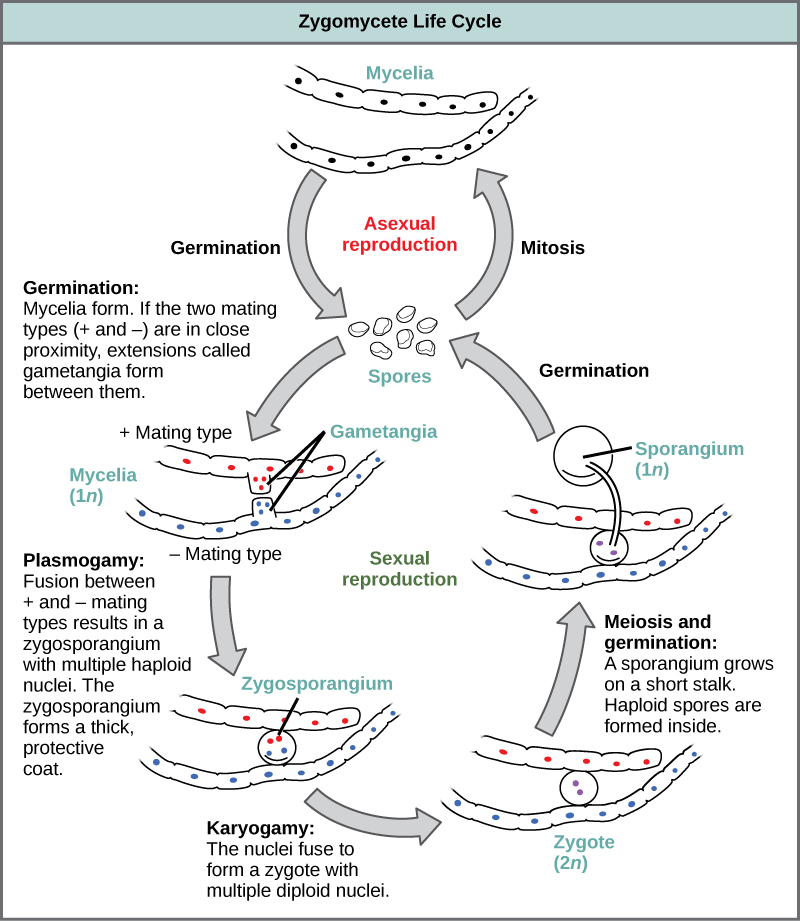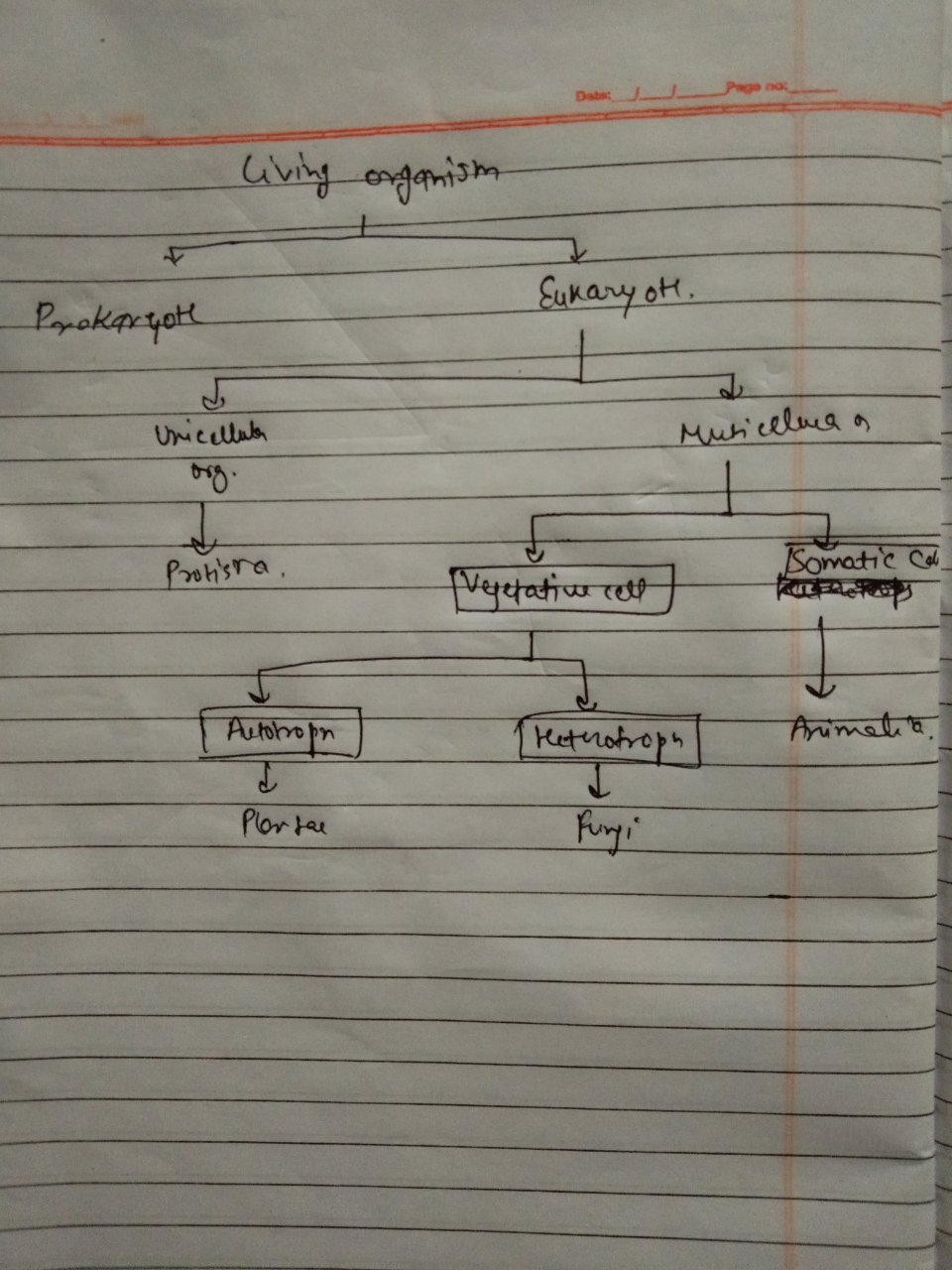are fungi unicellular or multicellular?
The vast majority of fungi are multicellular. Here we describe the cell cycles of the unicellular budding yeast Saccharomyces cerevisiae and the multicellular filamentous fungus Aspergillus nidulans.
 |
| Is Mushroom A Multicellular Fungus Quora |
We compare and contrast.

. Fungi are multicellularwith a cell wall organelles including a nucleus but no chloroplasts. They have no mechanisms for locomotion. Fungi can be single celled or very complex multicellular organisms. They have no mechanisms for locomotion.
Structure of fungi Fungi are unicellular or multicellular thick-cell-walled heterotroph decomposers that eat decaying matter and make tangles of filaments. Why is fungi multicellular. The bacterial cell wall is made up of peptidoglycan while fungal cell wall is composed of chitin. They are found in just about any habitat but most live on the land mainly in soil or on plant material rather than in sea or.
Dimorphic fungi can transfer from the unicellular to the. They have no mechanisms for locomotion. The vegetative body of a fungus is unicellular or multicellular. The vast majority of fungi are multicellular.
A fungus vegetative body can be unicellular or multicellular. Most fungi are multicellular organisms except yeast. Fungi are eukaryotic non-vascular non-motile and heterotrophic organisms. Fungus plural fungi any of about 144000 known.
Can fungi be multicellular. Need a bit more clarification. Dimorphic fungi can transfer from the unicellular to the. Fungi can be single celled or very complex multicellular organisms.
What are 3 example of fungi. Most fungi are multicellular organisms except yeast. Fungi are eukaryotes and have a. Most of the body of a fungi is made from a network of long thin filaments called hyphae.
All species of animals land plants and most fungi are multicellular as are many algae whereas a few organisms are partially uni- and partially multicellular like slime molds. They reproduce by means of spores. They may be unicellular or filamentous. Fungi are predominantly multicellular though early diverging lineages are largely unicellular eg Microsporidia and there have been numerous reversions to unicellularity.
Except for yeast most fungi are multicellular creatures. They have no mechanisms for locomotion. True Most fungi are multi cellular but some the yeasts are simple unicellular organisms probably evolved from multi cellular ancestors. The vegetative body of a fungus is unicellular or multicellular.
Unicellular organisms are made up of only one cell that carries out all of the functions needed by the organism while multicellular organisms use many. Fungi are multicellularwith a cell wall organelles including a nucleus but no chloroplasts. Fungi exhibit the phenomenon. Depending on the environment dimorphic fungi can transition from.
Fungi live as either single-celled organisms or multicellular organisms. Fungi are present all over the world in marine as well as. Single-celled fungi are referred to as yeasts. Hyphae filaments are made from tubular.
Bacteria are always unicellular while fungi may be unicellular or multicellular. Most fungi do differentiate and have different jobs within the organism in particular hyphae and fruiting bodies so they are multicellular although chytrids and yeasts are often unicellular. Most fungi are multicellular but some the yeasts are simple unicellular organisms probably evolved from multicellular ancestors.
 |
| Kingdom Fungi Fungi Heterotrophic Single Celled Or Multicellular Organisms Including Yeasts Molds And Mushrooms Ppt Video Online Download |
 |
| Examples Of Multicellular Organisms What Is A Multicellular Organism Video Lesson Transcript Study Com |
 |
| Difference Between Fungi And Mold Biomadam |
 |
| Which Of The Following Kingdoms Is Intermediate Between Kingdom Monera And Multicellular Organisms |
 |
| 5 Facts On Is Fungi Multicellular Or Unicellular Why How Lambda Geeks |
Posting Komentar untuk "are fungi unicellular or multicellular?"